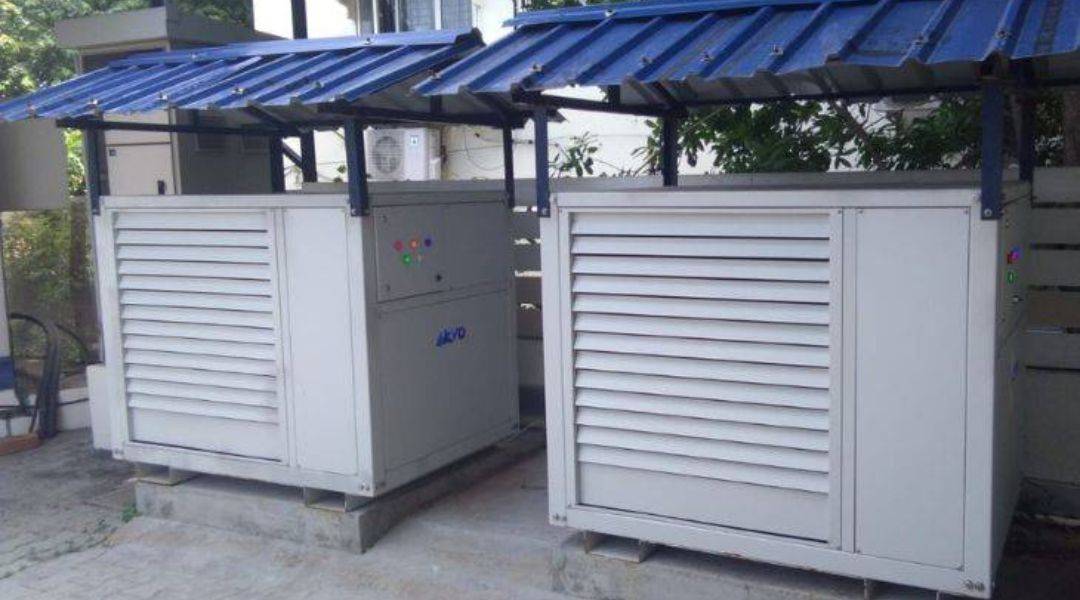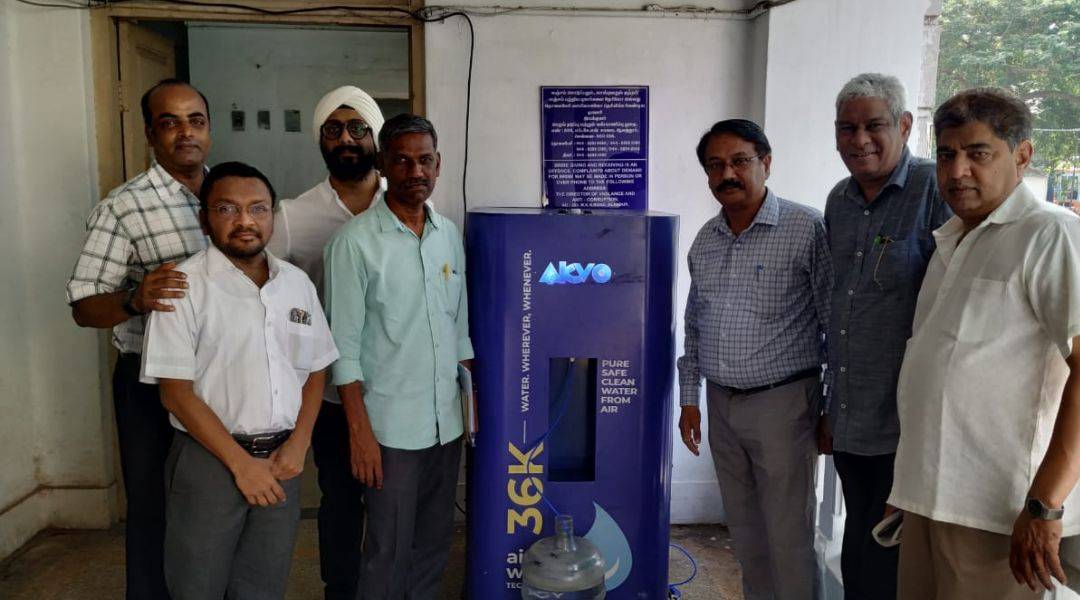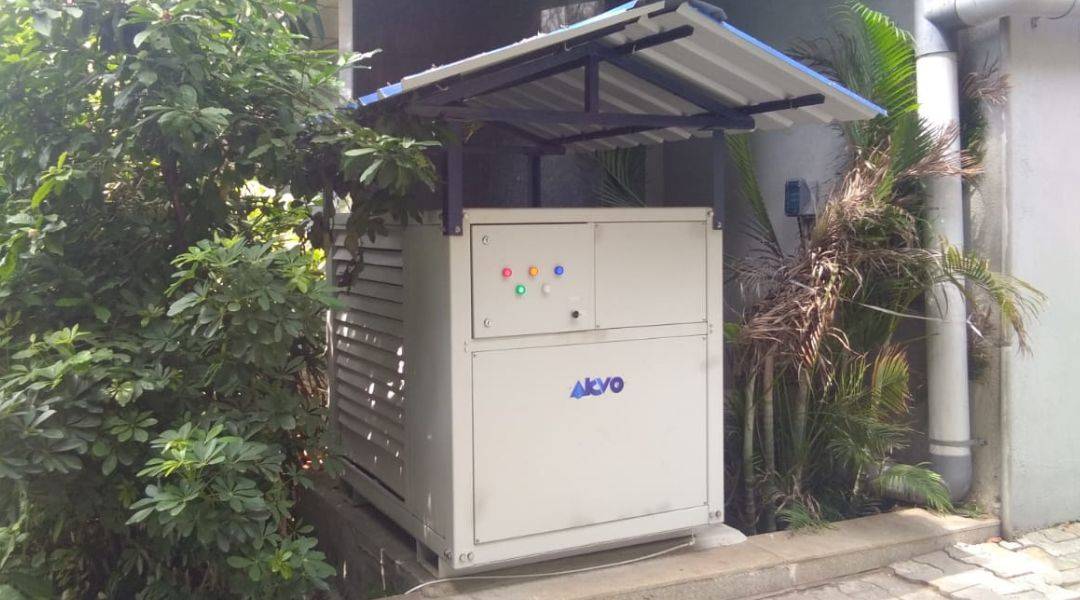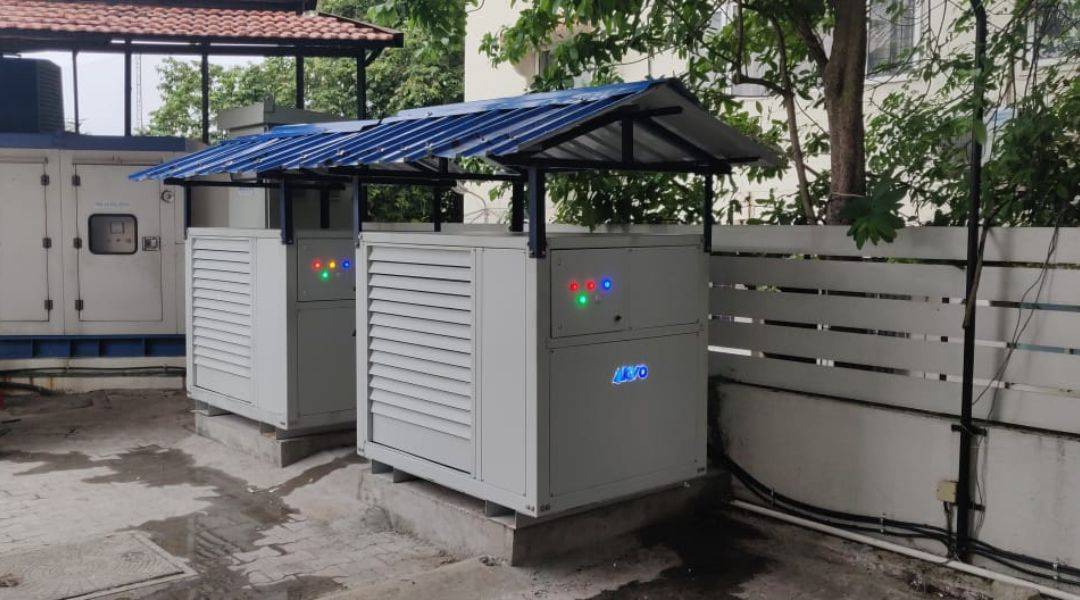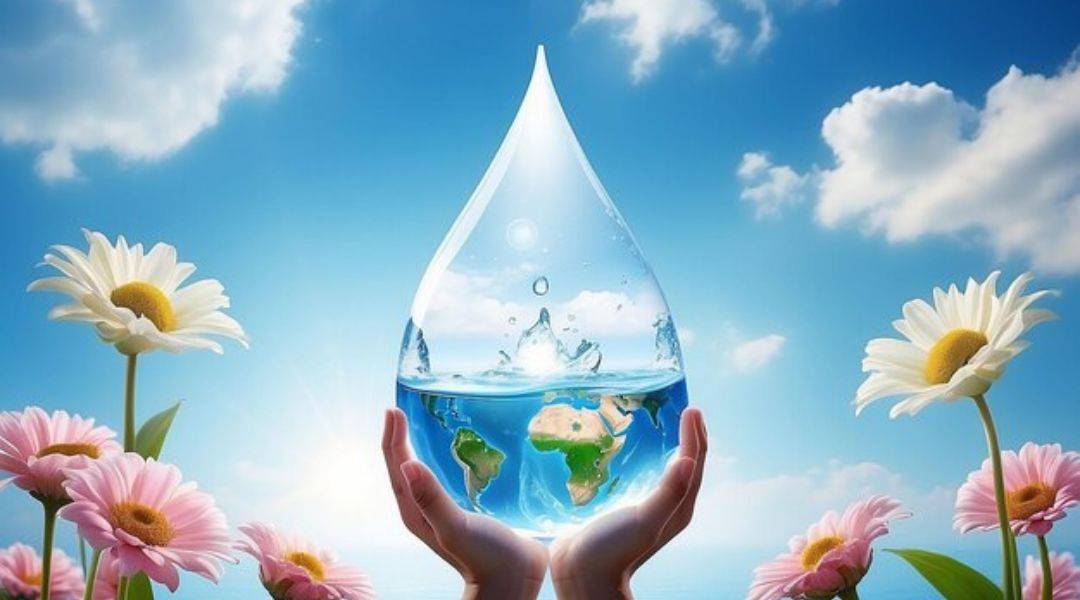The global water crisis, exacerbated by climate change, urbanization, and population growth, requires immediate and innovative action. Navkaran Singh Bagga, CEO & Founder of AKVO, highlights how technology is reshaping water management for a sustainable future. Digital tools like IoT sensors, satellite imagery, and AI-driven analytics enable real-time monitoring and predictive insights, allowing water managers to address issues before they escalate. Circular water economies and advanced wastewater treatment further contribute by transforming waste into reusable water, reducing reliance on dwindling freshwater sources.
Equally groundbreaking is Atmospheric Water Generation (AWG), which harnesses moisture from the air to produce safe drinking water, even in arid regions. Precision agriculture and smart irrigation optimize water use in farming, addressing a sector responsible for 70% of global water withdrawals. Achieving global water resilience, however, requires more than technology; collaborative ecosystems, supportive policies, and community empowerment are critical. By leveraging innovation, fostering partnerships, and ensuring equitable access, we can transition from crisis to sustainability.
Read the full article here.


